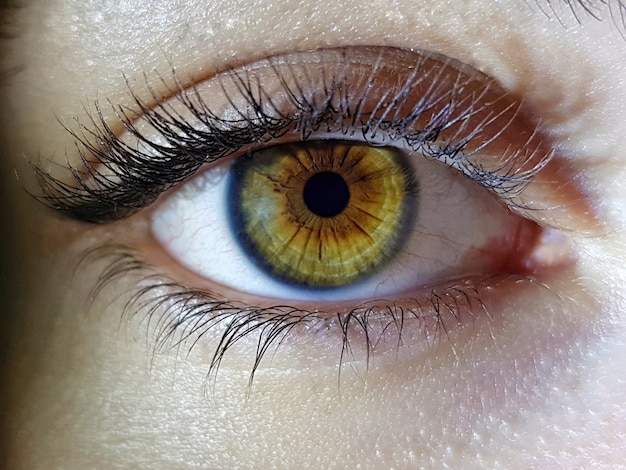Ptosis or droopy eyelid is the medical condition when the upper eyelid of a person droops or falls over their eyes, thereby affecting the vision. The condition might occur in either one or both the eyes at once. If the condition is present since birth, then it is called congenital ptosis, and if it occurs at a later stage in life, then it is termed as acquired ptosis. In some cases, the condition resolves on its own, while more severe conditions may need to be treated.

Who gets affected by Droopy Eyelid?
The acquired ptosis is more common in older adults due to the aging levator muscles responsible for raising the eyelid. Though the exact cause of droopy eyelid is unknown, it generally occurs due to trauma.
As for the congenital condition, it occurs when the levator muscle doesn’t develop properly. Children with ptosis are at a high risk of developing amblyopia, which is also known as a lazy eye and affects the eyesight.
Risk Factors of Droopy Eyelid
There are certain medical conditions that increase the risk of ptosis such as deep trauma, nerve injury, or a temporary stye. Sometimes routine LASIK surgery is also blamed for the same, which results in muscles getting stretched.
More severe risk factors of the droopy eye include stroke, brain tumor, or nerve cancer. Neurological disorders such as myasthenia gravis may also lead to the condition.
Symptoms of droopy eye
Ptosis is generally self-diagnosable. However, it is necessary to book an appointment with a doctor in case any of the following symptoms arise:
● Most common and the main symptom of the droopy eyelid is the sagging of the upper eyelids, which can affect the vision up to serious levels.
● Another common symptom is eyes getting extremely dry or watery with a worn-out look or dehydrated look on the face of the person.
● Aching is also experienced in areas around the eyes, leading to the tired look on the face.
● People with severe ptosis may have to tilt their heads every time to see things clearly.
● A mild headache often accompanies ptosis.
Treatment of Ptosis
If the condition is due to extreme old age, doctors generally advise against any treatment for the condition, until and unless the affected person is unable to perform regular chores properly. Plastic surgery is the standard treatment option available for treating droopy eyelids, while the non-surgical procedure involves usage of an eyelid crutch, which holds the eyelids from sagging and protects the vision of the person. Some of the best eye centers in Delhi have both the treatment options available.
Conclusion
As mentioned above, the drooping eyelid isn’t a very serious condition but may still cause discomfort to the affected person. While we can’t do much about the congenital conditions but acquired ptosis can be prevented by taking good care of the eyes. Keeping the eyes clean, taking proper sleep, and avoiding unnecessary stress are common ways to do that.
Professional Blogger
Post new comment
Please Register or Login to post new comment.